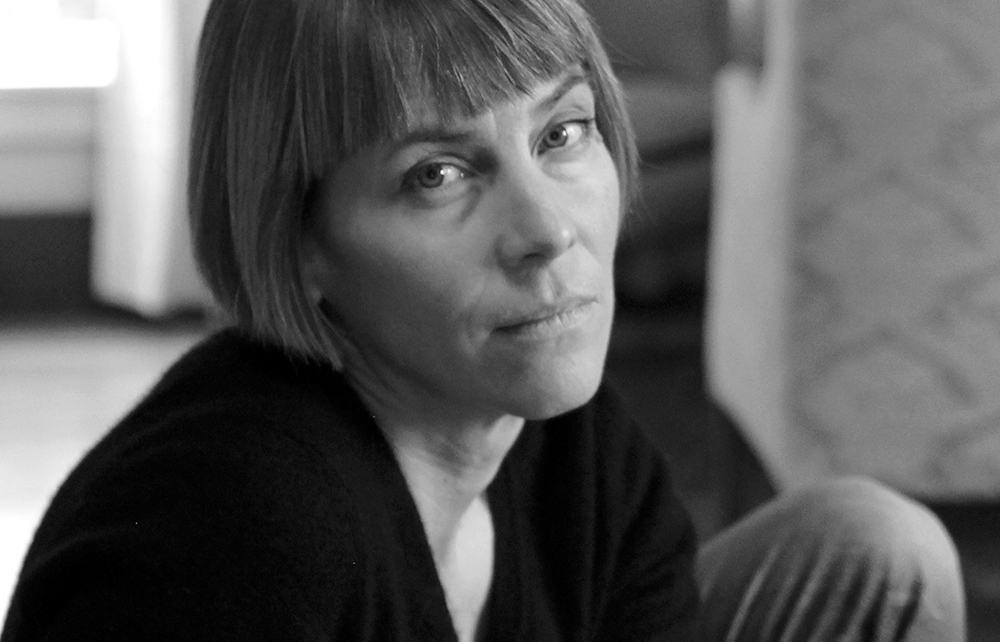How do you picture the end of days? ‘When I was alive, I imagined something redemptive about the end of the world,’ muses the unnamed narrator in It Lasts Forever And Then It’s Over. ‘I thought it would be a kind of purification. Or at least a simplification. Rectification through reduction.’ But no: ‘The end of the world looks exactly the way you remember. Don’t try to picture the apocalypse. Everything is the same,’ she continues from her vantage point in an afterlife, brought into vivid existence by Anne de Marcken.
It’s telling that the author’s biography states that she ‘lives in the United States on unceded land of the Coast Salish people’. You could say It Lasts Forever takes place on similarly unceded space if you substitute the undead for early settlers and the living for the indigenous peoples of the Pacific north-west coast. That’s right: this is a zombie novel – albeit a Fitzcarraldo zombie novel, which means that the prose is exquisite and the form is inventive, and there is plenty of white space between fragments of text and a handful of doodles. It’s wry and moving and very beautiful. (Fireflies are ‘a fleet of tiny unheeded Paul Reveres uncovering their lanterns, covering them again, signalling danger, danger, danger’.)
We meet our heroine (‘I lost my left arm today. It came off clean at the shoulder’) in a hotel for the undead. No one can remember their own name; they don’t feel any pain and nothing can satiate their bottomless hunger. What she can feel is grief at missing her lover – this is as much a love story as a tale of devastation. Metaphors are becoming reality:
A hotel might once have been a metaphor for the body, for purgatory, for any transitory site…And now here we actually are, none of us sure when we checked in or whether this really is our luggage.








Comments
Join the debate for just £1 a month
Be part of the conversation with other Spectator readers by getting your first three months for £3.
UNLOCK ACCESS Just £1 a monthAlready a subscriber? Log in